Cornelius Krieghoff (1815–1872)
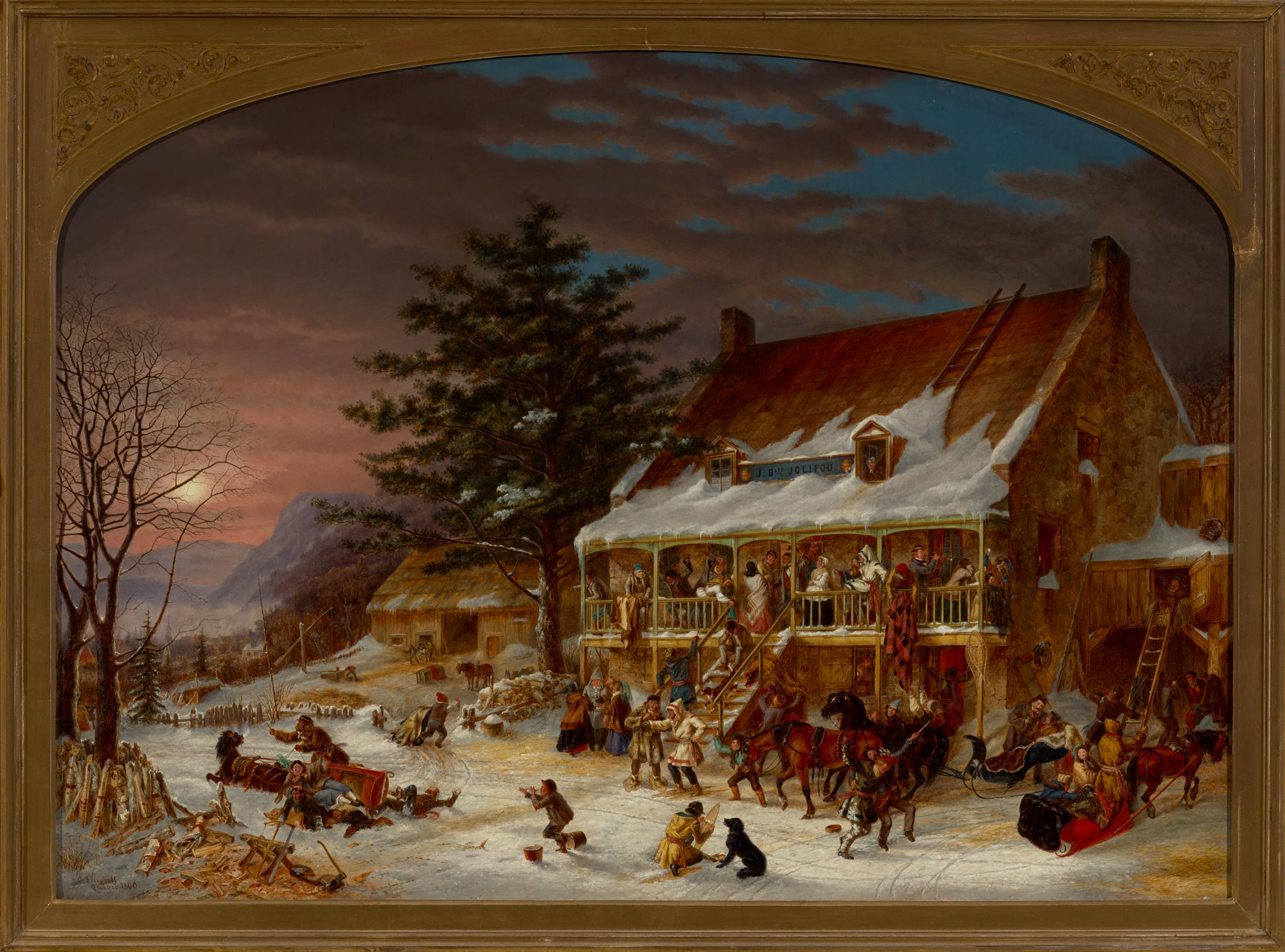
Cornelius Krieghoff, Merrymaking, 1860
Oil on canvas, 88.9 x 121.9 cm
Beaverbrook Art Gallery, Fredericton
Cornelius Krieghoff’s Quebec City years span from 1853 to 1864, and again from 1870 to 1872. These were undoubtedly the most prosperous years of his career. The time this Amsterdam-born painter, who would end his days in Chicago, spent in the capital marks a pivotal moment in the practice of and market for landscape and genre painting in Quebec City.
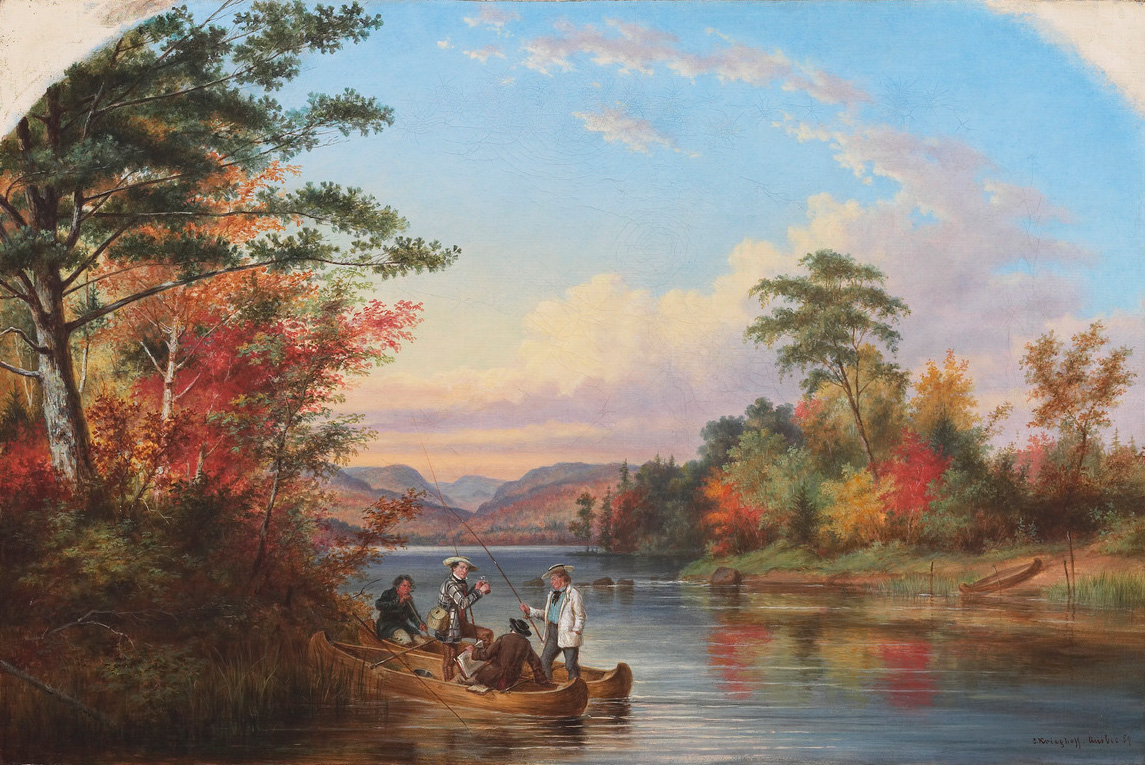
Krieghoff carved out a unique market niche, distinct from the painting styles of artists like Joseph Légaré (1795–1855), Antoine Plamondon (1804–1895), and Théophile Hamel (1817–1870), as well as from the work of military topographers. But his comprehensive depictions of the city, such as View of Quebec City from Pointe De Lévy, 1863, align in some ways with that topographical perspective. To cater to his growing, predominantly anglophone clientele, Krieghoff often painted multiple versions of the same scene, making subtle variations each time. He made engravings of his compositions and disseminated them widely, and he produced hundreds of small canvases featuring stereotypical figures, such as snowshoed trappers and basket and moccasin sellers, echoing the work of his Montreal counterpart, Martin Somerville (1796/97–1856).
Krieghoff studied genre painting in Düsseldorf, Germany, during the 1830s before departing in 1837 for New York, where he married a French Canadian woman named Louise Gauthier in 1840. After living and practising his art in Toronto from 1844 to 1846 and then in Montreal from 1846 to 1853, Krieghoff settled in Quebec City in 1853, encouraged by his friend and patron, John Budden (1825–1918), an auctioneer with the firm A.J. Maxham & Company. The city regained its status as the capital of the Province of Canada in 1852, creating a favourable environment for an artist of Krieghoff’s calibre. Recognizing his friend’s ambitions to serve a clientele of high-ranking military officers and bourgeois merchants, Budden introduced Krieghoff to this elite circle.
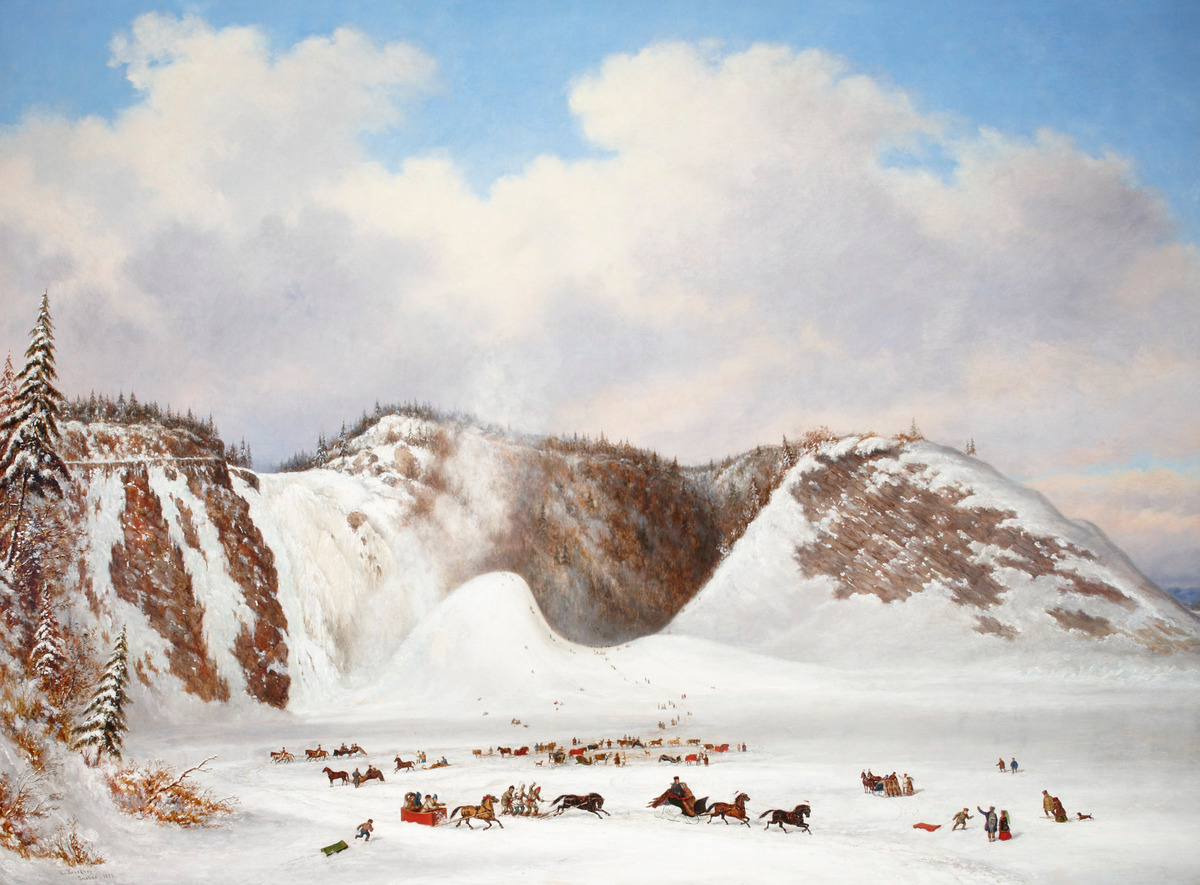
Nature was one of Krieghoff’s favourite themes, and it inspired a significant body of landscape paintings. He particularly enjoyed depicting Quebec winters and their amusements, as seen in Montmorency Falls, 1853, and even more so the glowing autumn scenery, as in Autumn Scene, Near Quebec, c.1860, and The Narrows on Lake St. Charles, 1859. The latter painting, a fishing scene, features, from left to right, the Wendat guide Zacharie Vincent Telari-o-lin (1815–1886), Budden, Krieghoff himself (seen from behind), and the businessman James Gibb. At the time, landscape painting in Quebec City was mostly practised by topographical watercolourists and was otherwise underdeveloped; Légaré was its only notable practitioner. Krieghoff was the first to pursue landscape painting with lasting dedication.
Krieghoff was also a genre painter, devoted to capturing the labour and leisure activities of the French Canadian population. He depicted trades (ice cutting, trapping), modes of transportation (carriages and horses, postal boats), and local customs and scenes (sugaring-off season, the fur trade, and Indigenous encampments). His work Merrymaking, 1860, is a visual spectacle brimming with details and vignettes for viewers to explore.
In Quebec City, Krieghoff achieved a level of fame that later gave rise to two principal schools of thought about the value of his contribution. One, highly positive, was championed by the ethnologist Marius Barbeau, who dedicated his book Cornelius Krieghoff: Pioneer Painter of North America (1934) to him and whose perspective was reflected in the enduring popularity of Krieghoff’s works in the art market well into the twenty-first century. The other, more critical, was led by the art historian Gérard Morisset, who criticized Krieghoff for his caricatured portrayals of the people of Quebec, especially its Indigenous population. Nevertheless, Krieghoff remains one of the first artists to depict French Canadian society and customs, some of which might not have been documented without his historically significant works.

 About the Author
About the Author
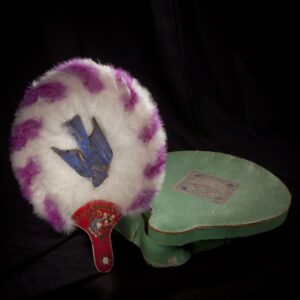 More Online Art Books
More Online Art Books
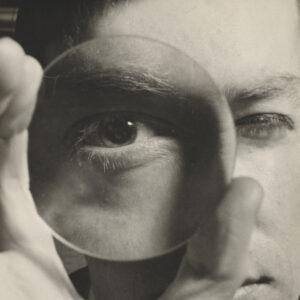 Acknowledgements
Acknowledgements